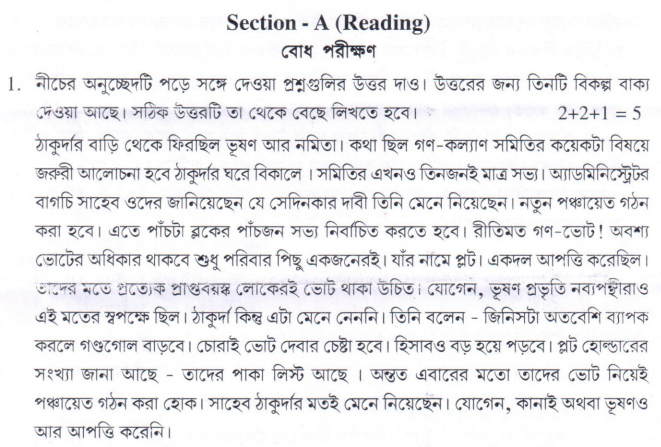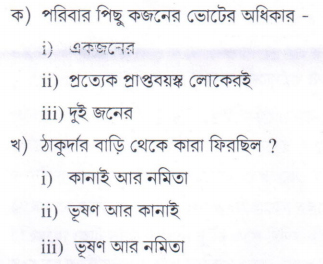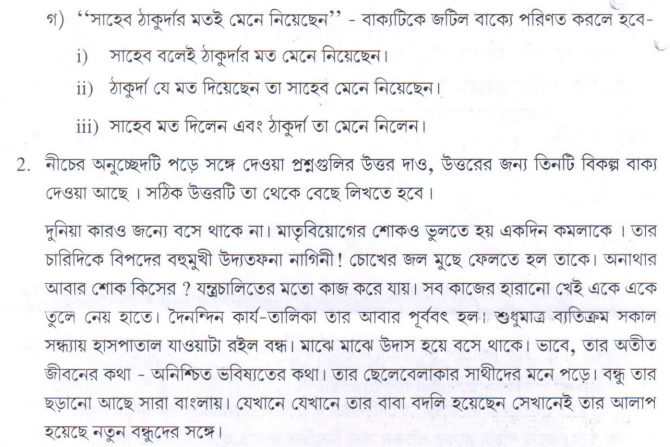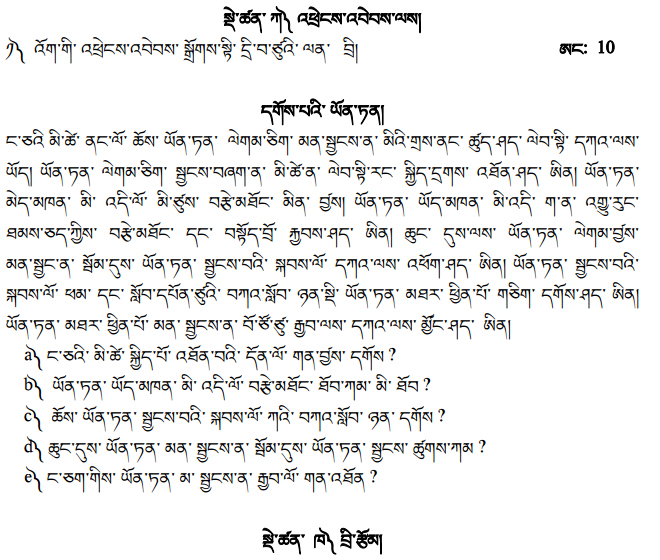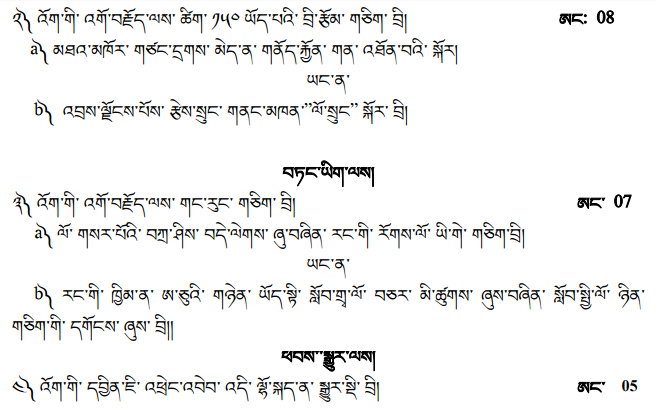
(Download) CBSE Class-12 2016-17 Sample Paper And Marking Scheme (Engineering Graphics)
Time allowed: 3 hours
Maximum marks: 70
Instructions:
i. Attempt all the questions.
ii. Use both sides of the drawing sheet, if necessary.
iii. All dimensions are in millimetres.
iv. Missing and mismatching dimensions, if any, may be suitably assumed.
v. Follow the SP: 46-2003 revised codes (with first angle method of projection).
vi. In no view of question2, are hidden edges or lines required.
vii. In question 4, hidden edges or lines are to be shown in views without section.
viii. Number your answers according to questions.
Q.1 Answer the following Multiple Choice Questions. Print the correct choice on your drawing sheet 5 X 1=5
(i) What is the angle in degree between the main scale and isometric scale in the construction of isometric scale?
a) 300
b) 150
c) 45o
d) 90o
(ii) Which is the modified form of square thread?
a) V-thread
b) Metric thread
c) Knuckle thread
d) B.S.W thread
(iii) What is the width of the Rectangular Sunk Key, if the diameter of the shaft is D?
a) D/2
b) D/8
c) D/4
d) D/6
(iv) Name the joint used for joining two pipes
a) Flanged pipe joint
b) Bushed bearing
c) Turn buckle
d) Cotter joint
(v)Name the portion between the rim and the hub of a cast iron pulley
a) Shaft
b) Gap
c) Bush
d) Web
Q.2 (i) Construct an isometric scale. 4
(ii) A frustum of a pentagonal pyramid (base side 50mm, top side 30mm and axis 70mm) is kept with its axis perpendicular to H.P. One of its base sides parallel to V.P. and away from it. Draw its isometric projection. Show the axis and indicate the direction of viewing .Give all dimensions. 7
(iii) A hexagonal pyramid (base edge 30mm, axis 50mm), having two of its hexagonal edges parallel to V.P., is placed centrally on the top square face of a square slab(base side 80mm, height 20mm). The common axis is perpendicular to H.P. Draw the isometric projection of the combination of solids. Show the common axis and indicate the direction of viewing. Give all dimensions. 13
Q.3. (i) Draw to scale 1:1 the front view and top view of a hexagonal nut, with vertical axis (diameter 20mm). Give standard dimensions. 8
OR
Draw to scale 1:1, the front view and side view of a Square headed bolt of diameter 20mm, keeping the axis parallel to V.P and H.P. Give standard dimensions.
(ii) Sketch freehand the front view and top view of a Grub screw of size M25, Keeping the axis vertical. Give standard dimensions. 5
OR
Sketch freehand the front view and side view of a Plain stud, of diameter 20mm, keeping the axis horizontal. Give standard dimensions.
Q.4 Figure 1 shows the details of the parts of a FLANGE PIPE JOINT. Assemble these parts correctly, and then draw the following views using scale 1:1.
(i) Front view, top half in section. 14
(ii) Left side view. 8
Print the title and the scale used. Draw the projection symbol. Give 6 important dimensions.


